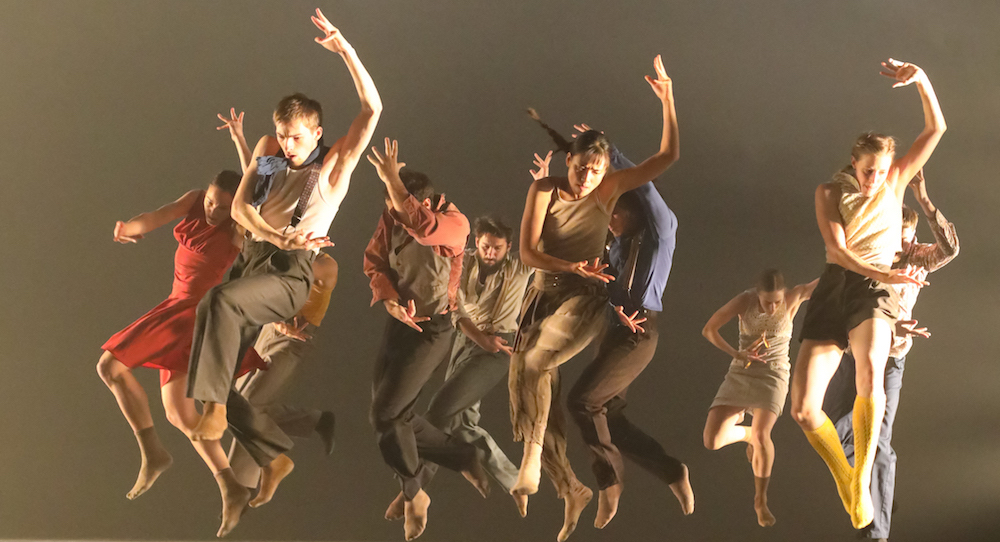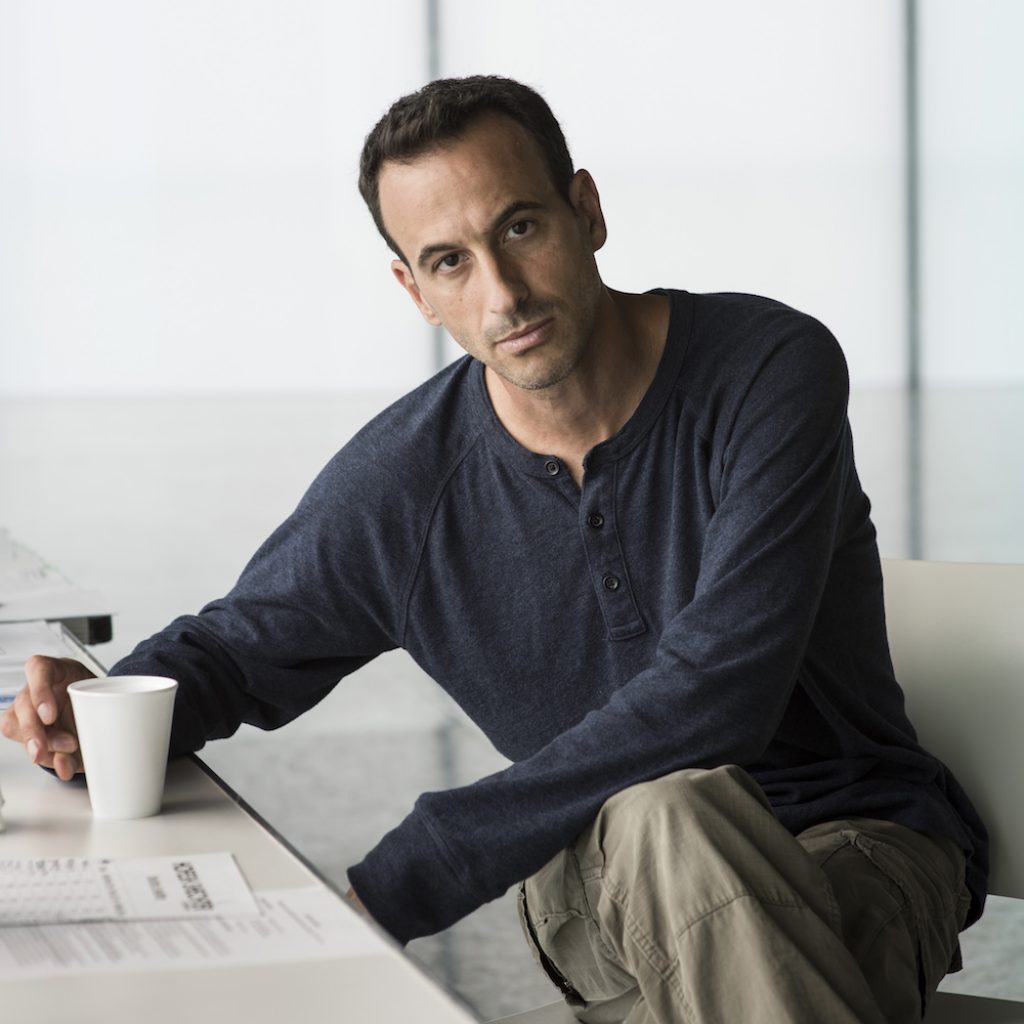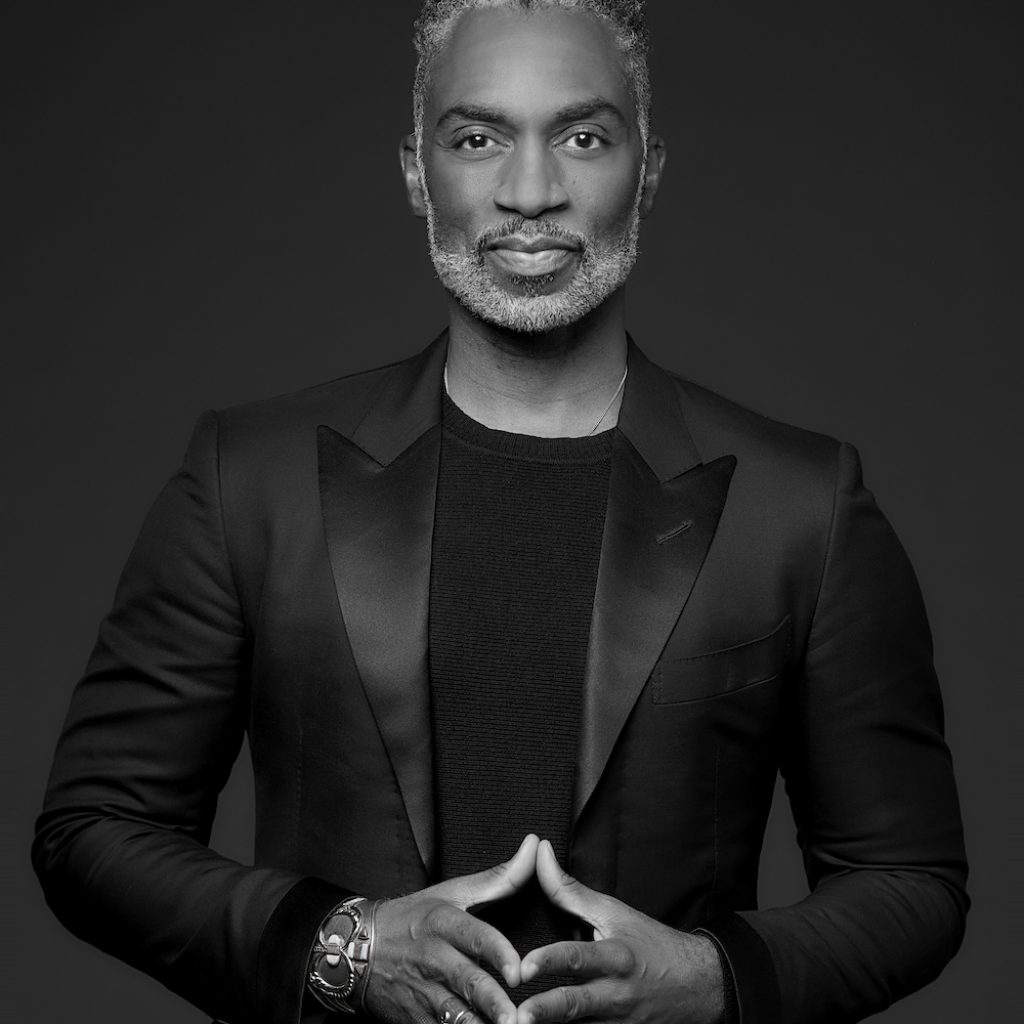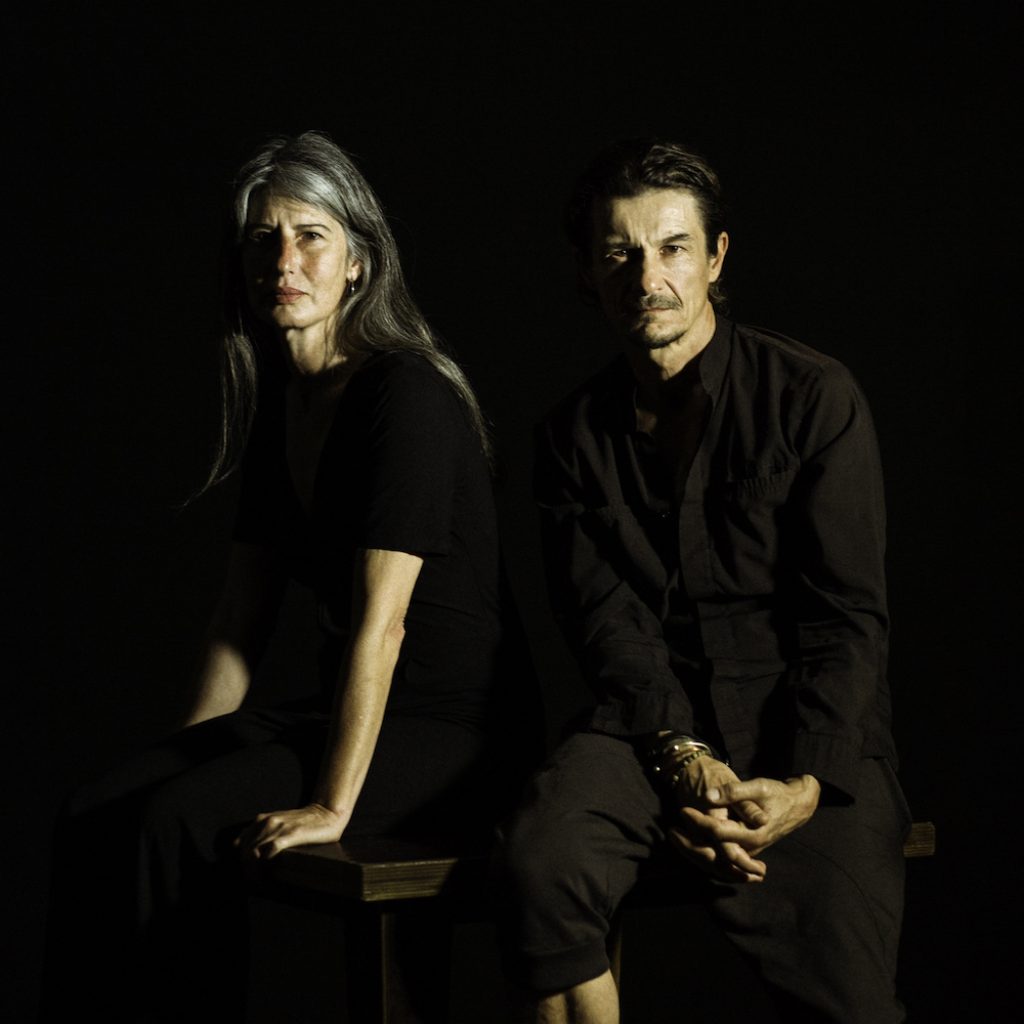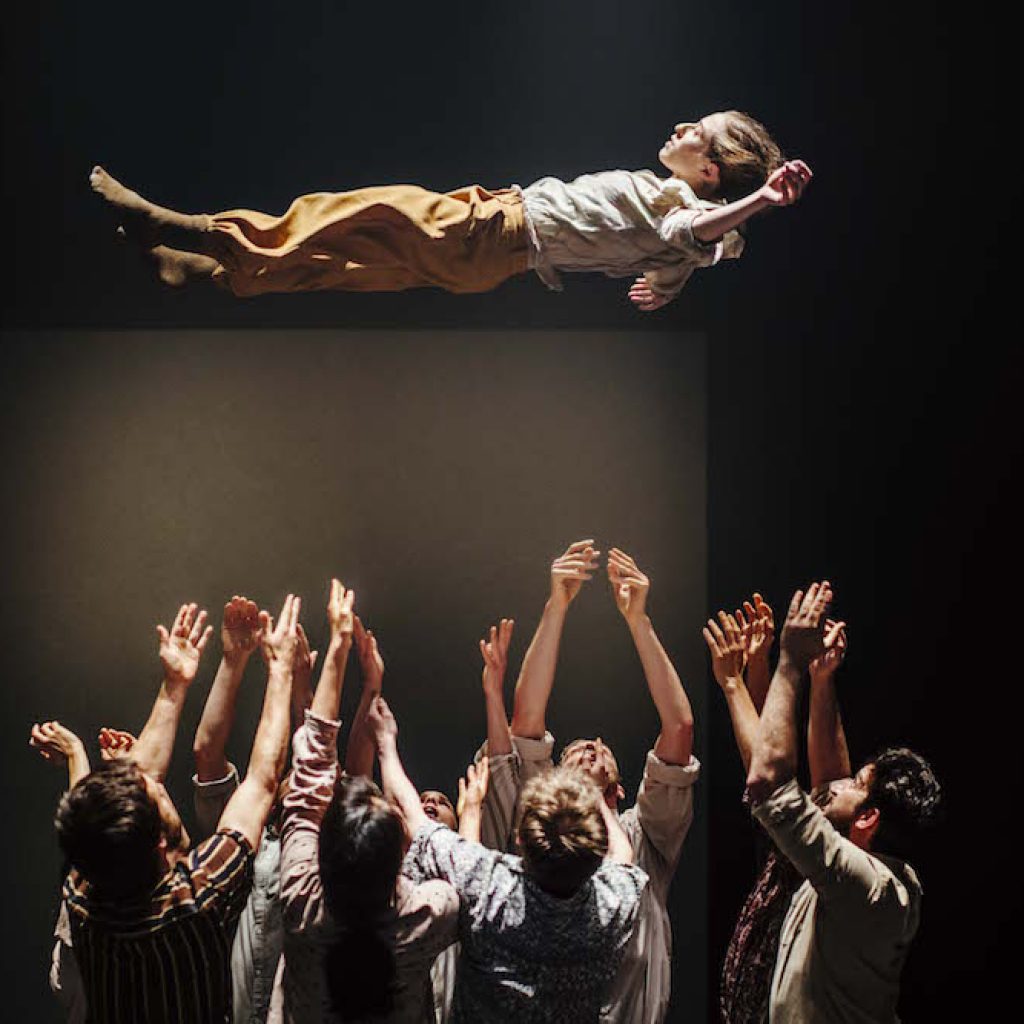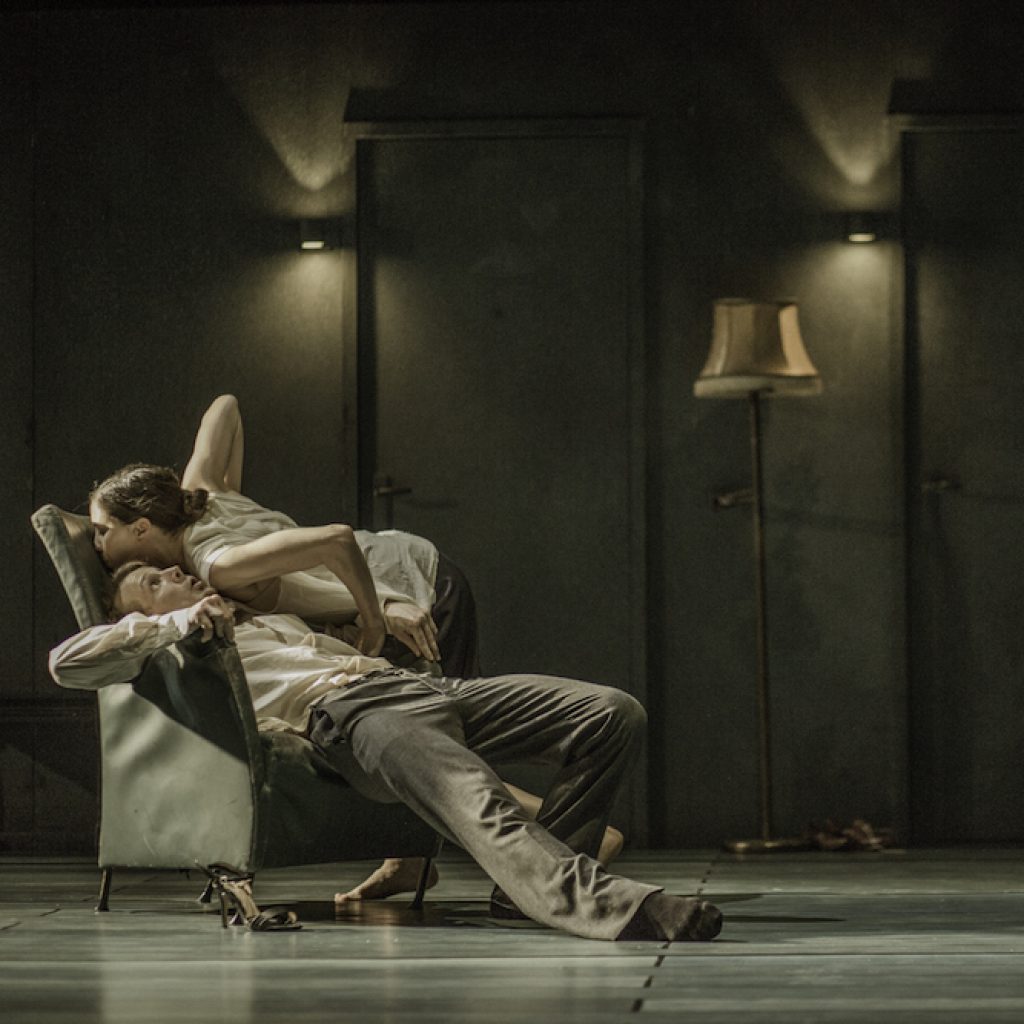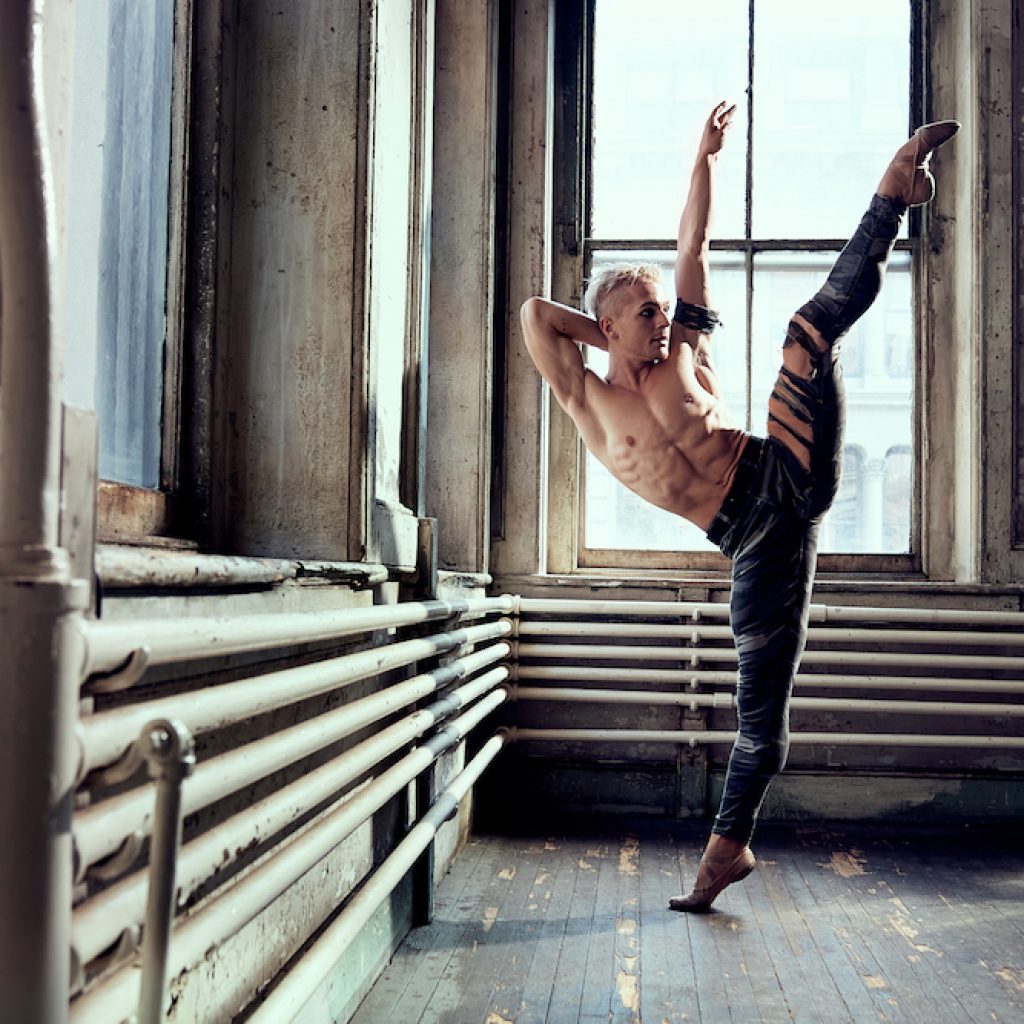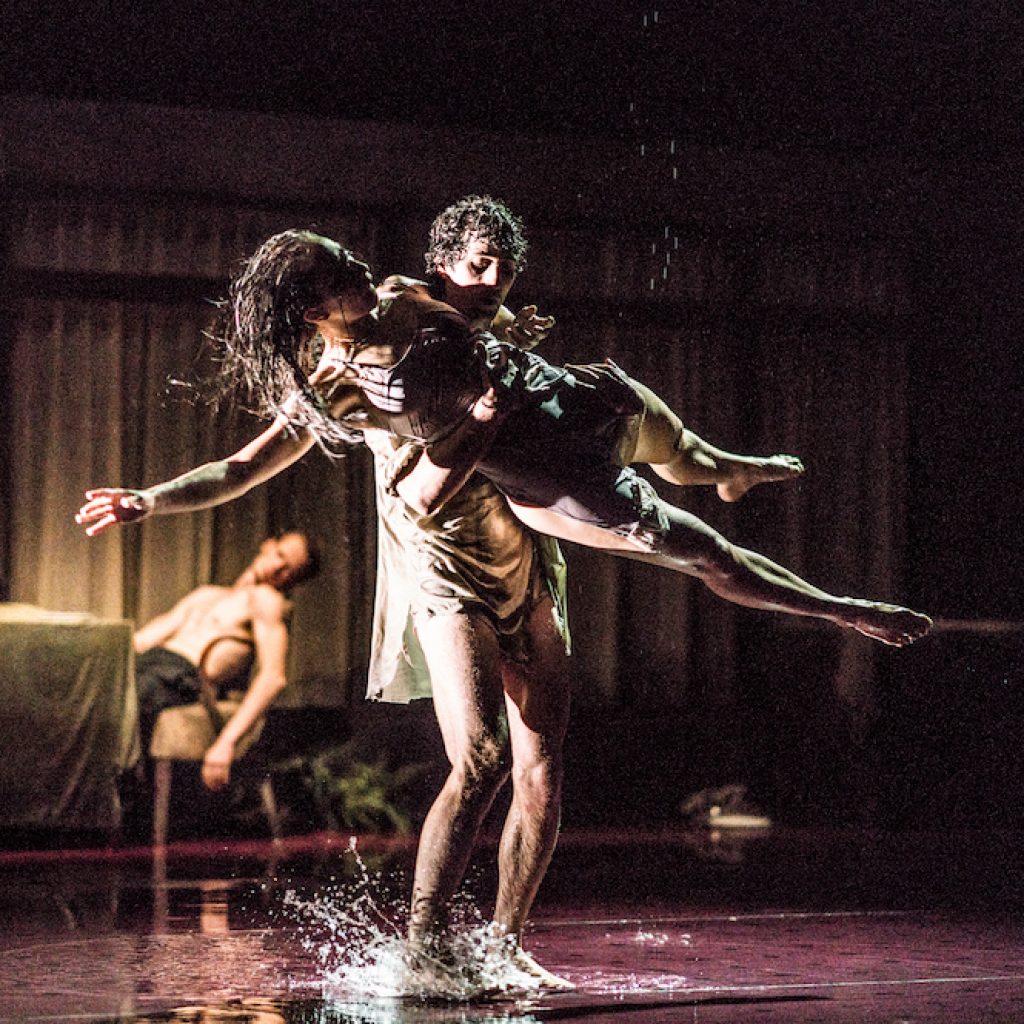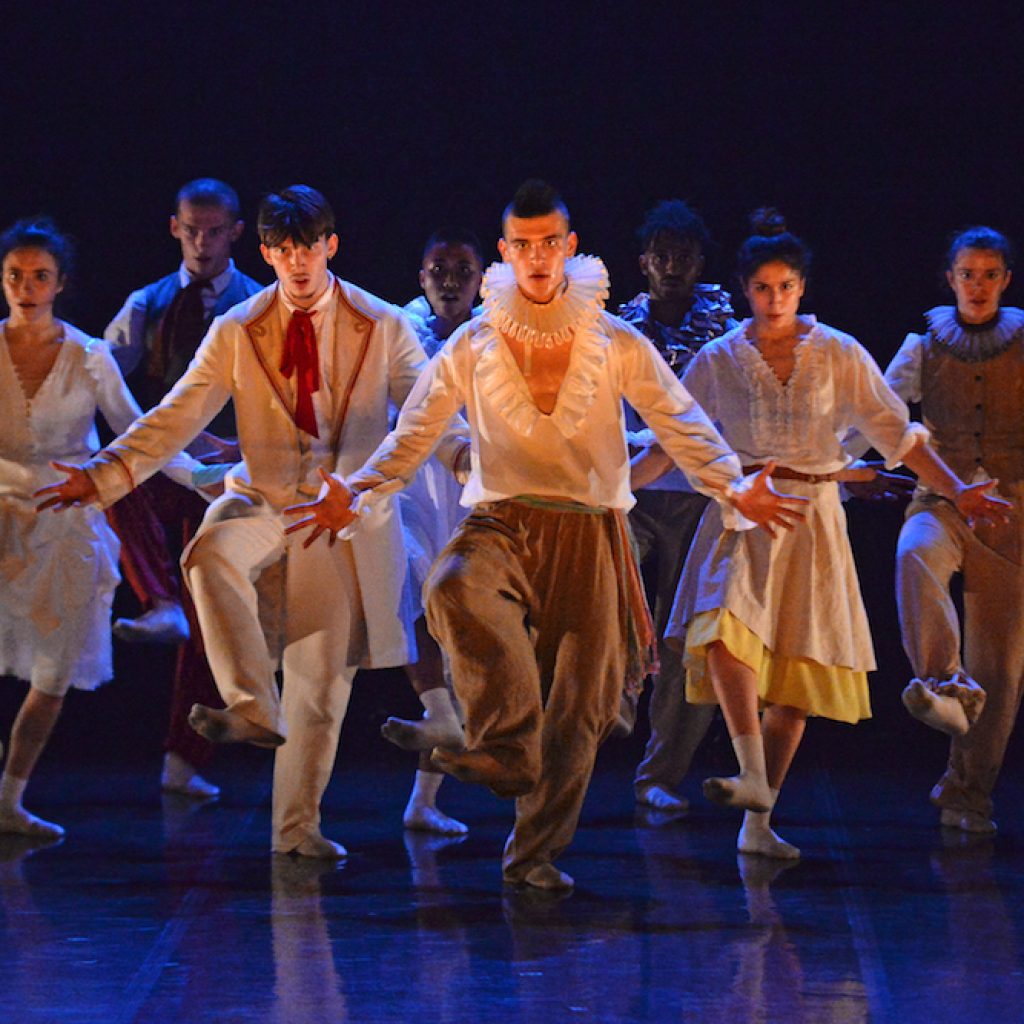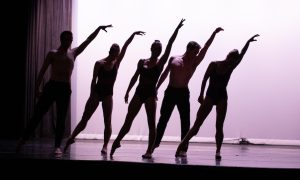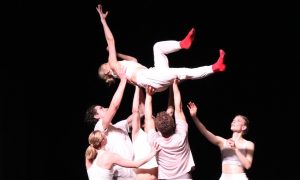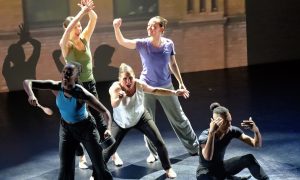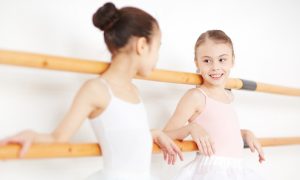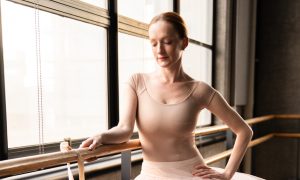Dance Informa had the wonderful opportunity to pick the brains of three world-renowned contemporary choreographers. Learn what Hofesh Shechter, Franck Chartier and Desmond Richardson had to say about contemporary dance and its role in contemporary society.
How would you define contemporary dance? What differentiates it from other related styles and movement vocabularies?
Hofesh Shechter, artistic director of Hofesh Shechter Company
“Contemporary dance is the art form that allows anything and everything that is of our time or of relevance to be put on stage. In that sense, it must be the most open, non-defined, experimental and in some ways freeing forms of dance performance. Anything that matters to anyone has a place, or should have a place, on stages that present contemporary dance.”
Franck Chartier, co-artistic director of Peeping Tom
“For us, contemporary dance is an opening of the mind, of forms, which stretches to all other disciplines such as music, theatre, circus, martial arts, etc. This mix of disciplines can tell a story, and represents a creative opening where there are no limits.”
Desmond Richardson, co-artistic director of Complexions Contemporary Ballet
“I would define contemporary dance as an investigation into different pathways to fulfill total body movement. What differentiates it from other related styles and movement vocabularies, in my opinion, is the freedom that is inherent to the torso, the extremities and the mind. A dancer cannot forget about the structure of their technique, yet they can be liberated by it to propel them through the multiple challenges the style demands.”
What is distinctive about the contemporary dance scene in your country, and how do you think it compares to the contemporary dance works coming out of other parts of the world?
Chartier
“Belgium has always been an important breeding ground for new experiments in theatre and dance because of the way the government supports innovation and up-and-coming creators. That’s why we started Peeping Tom there. Our own work is very much focused on hyperrealist set designs, which help us bring a more cinematographic, theatrical element to the dance. We love to put the audience into a very concrete atmosphere and, from there, to take them into mental states.”
Shechter
“I’m not sure what you mean by ‘my country’… I’ve lived in the UK for the last 20 years and have a dual nationality. I think you mean where I was born –– in Jerusalem. I think the distinctive nature of contemporary dance in Israel stems from Israel being a very extreme place where most of the time people are ‘live on the edge.’ Many global conflicts are more vivid and raw in Israel, which makes someone who grew up there question social and cultural structures, power division and the way things work, and why. Politics is ‘in your face’ in Israel, and that makes for stronger commentary from artists.”
Richardson
“What is distinctive about the contemporary dance scene throughout the world is that there is a commonality of exploration that I’ve found in all my travels.”
How did you become a contemporary dance practitioner? How did your dance journey begin, develop and evolve over the course of your career?
Shechter
“I discovered dance through folk dance in Jerusalem. I had very little knowledge of what ‘contemporary dance’ was until I was perhaps 12 or 13 years old. I fell in love with the art of dance for many reasons: improving my relationship with my body and the awkwardness I felt around it, experiencing amazing social interactions with others, and seeing its potential as a liberating and fascinating form of expression. Sharing experiences with others is one of the most powerful things that life can offer, and dance allows us to do just that. I was a professional dancer for a few years and after being afraid to ‘jump into the cold water’ of choreography for many years, I finally jumped. The fact that I make the music to my choreographies as well makes it an incredibly creative venture for me. Music has always been a big part of my life, and I feel privileged to have music as part of my creative process; it forms an inseparable part of the experience of my choreography.”
Richardson
“Well, I don’t consider myself just a practitioner of contemporary dance, yet I feel it is part of the journey of being a full dancer. My dance journey initially started in hip hop in the style of popping. Then, I fell in love with classical ballet after viewing a documentary on Rudolf Nureyev and Margot Fonteyn. I attended the High School of Performing Arts in New York City, the Alvin Ailey American Dance Center NYC, and the Sommer Dez Tanz in Köln, Germany. My career has evolved in many ways –– from concert dance and Broadway to commercial projects, fashion and TV shows, as well as becoming a master teacher in the U.S. and abroad.”
Chartier
“I come from classical dance, but then I met some really interesting people and began researching human anatomy, searching for a more natural state on stage. After that, I discovered the force of music and narrative. I liked to create characters, which serve as a for the work, while at the same time conserving the virtuosity of classical dance, which at times can get lost in contemporary dance. I also recently developed an opera, Dido & Aeneas, which was an interesting experience because it was the first time I started from an existing story.”
What does contemporary dance have to offer to contemporary society? Does it bring to the table something that other contemporary art forms and/or other dance styles can’t?
Richardson
“What contemporary dance offers to contemporary society is a reflection of itself. It brings an openness and vitality to the table that I would say the other styles don’t.”
Chartier
“Because it contains very few words, contemporary dance is a universal language. Every person in the world can understand it. We also like to work with the bodies of non-dancers, such as elderly people or children. They reflect society as well, and add something to the dance which people can easily identify with.”
Shechter
“What contemporary dance has to offer depends greatly on the person serving it. In comparison to many other art forms, dance allows for an experiential moment, something you perceive with your senses. There is a mysterious exchange in watching other people move, a chemistry that moves people in ways we don’t fully understand but all feel. That ancient ceremony of a few performing for many others to create a journey, raise the spirits, engage the imagination and have a communal experience is unique to live performance art forms. Dance is almost as simple and ancient as can be, using the one incredible tool we’ve had since the start: our body.”
What trends have you noticed developing in the contemporary dance world over the past 10 years?
Chartier
“A trend that works well for me, and that is very attractive, is realism on stage. Things that are too much of an abstraction are less popular. I believe that people want to see something real and sincere on stage.”
Shechter
“Unfortunately, I am so busy making work, traveling around the world, staging the work in theatres, creating in the studio and so on. I don’t think I have an overarching sense of what’s going on in the dance scenes around the world! I get the opportunity to go and see dance very little, in fact.”
Richardson
“I actually don’t follow trends. I’m mesmerized by viewing the creativity of people and sharing in their artistic expression.”
Where do you hope that contemporary dance will go in the next 10 years?
Richardson
“My hope for contemporary dance is that it continues to evolve and stay investigative.”
Chartier
“I think the importance of contemporary dance will continue to grow in the future because it surpasses pre-existing borders by including elements of many different disciplines. That’s why I believe that contemporary dance can expand much more, can develop even more possibilities, especially compared to textual theatre.”
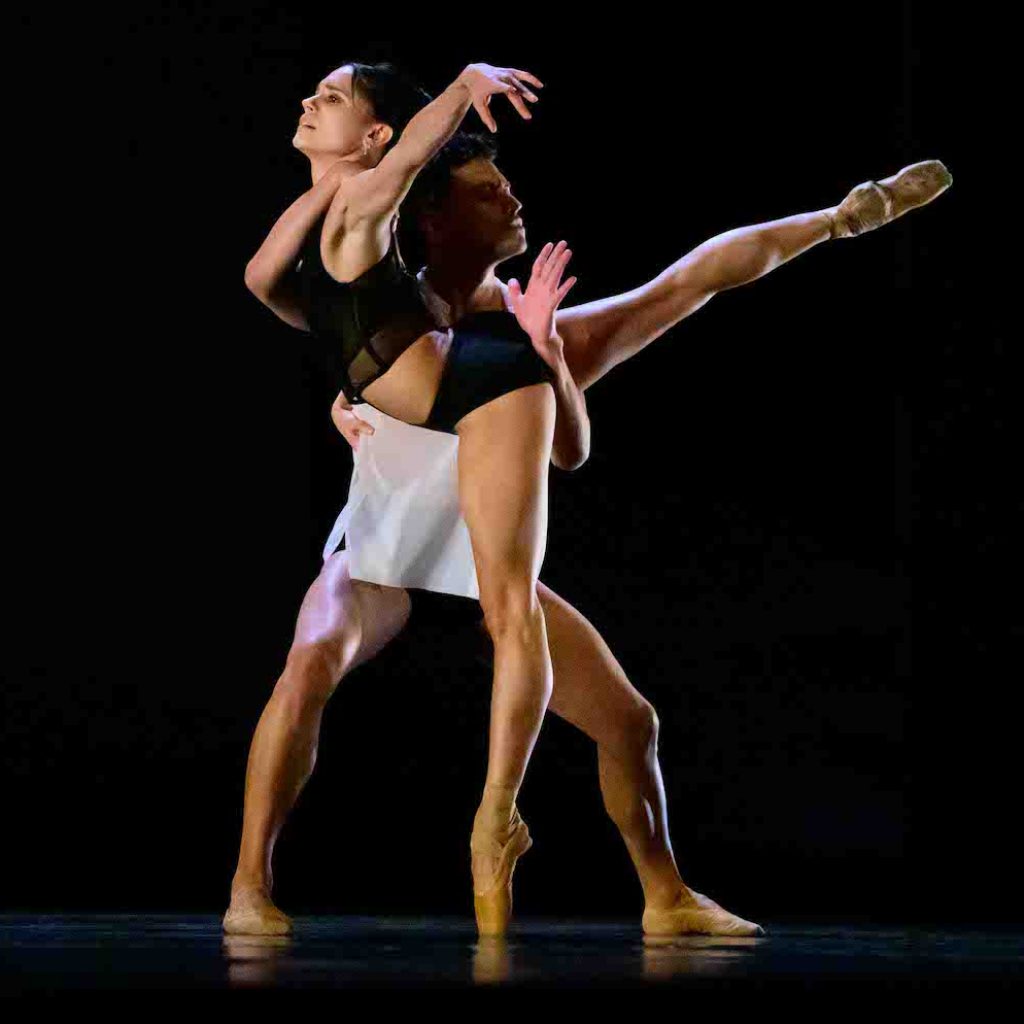
Shechter
“I hope that contemporary dance will live up to its promise of being an open, diverse art form. Diversity is at the heart of what contemporary dance is, and the only way it will develop and flourish to the next level is by continuing to open up to new perspectives of life and the world. In essence, contemporary dance is still controlled by a narrow slice of our society and cultural background; this needs to change now, not in 10 years. It is enough to look at the audience that feels welcome in contemporary dance theatres to get a sense of where contemporary dance stands. That has to be our indication of how open and welcoming this art form is.”
What is next for you within the field?
Shechter
“I feel very lucky to have many projects coming up in the next few years: new work for both my main company and junior company, working on theatre plays, music, and staging my work with other dance companies around the world, as well as developing my music and reaching into film. There are an abundance of projects, which I’m so excited to walk into and experience.”
Richardson
“Up next for me in the industry is that I will be appearing on the HBO Max hit series, The Other Two, and continuing to share our company, Complexions Contemporary Ballet, throughout the world.”
Chartier
“I still like to start out from a closed space, from characters who find themselves in an extreme situation and who are trying to survive. I’m fascinated by how people react in extreme situations. I think we should listen to our fears and desires –– be real about them without being afraid. This can help you become more who you really are. And I want to keep working on subtly with theatre, music, dance and other forms of art, to open up the possibilities of our work even more.”
By Charly Santagado of Dance Informa.


